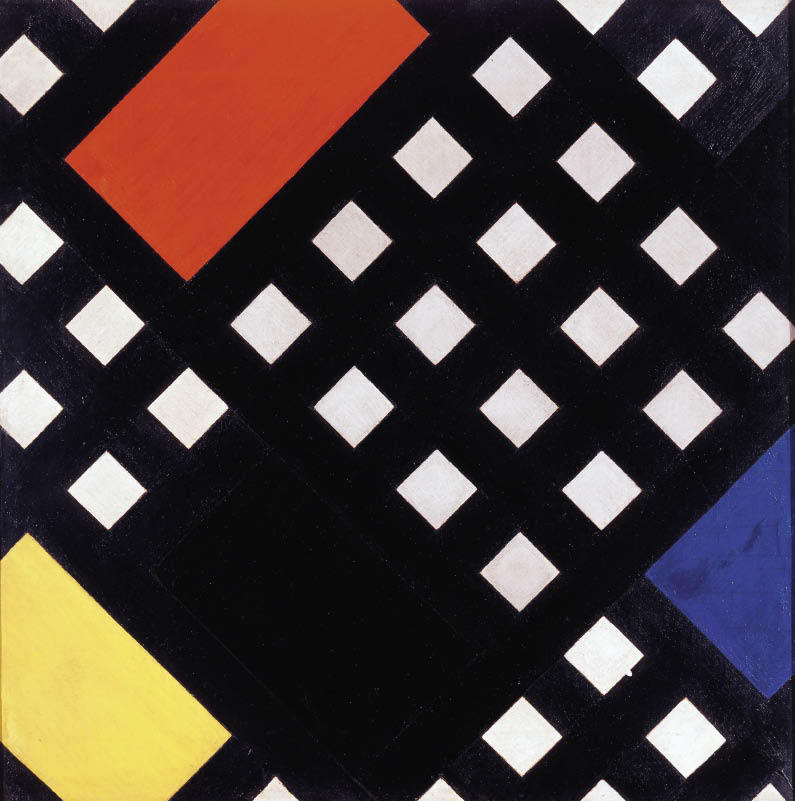Arshile Gorky: A Retrospective
Tate Modern, until 3 May
Van Doesburg and the International Avant-Garde: Constructing a New World
Tate Modern, until 16 May
Arshile Gorky (1904–48) was a great and versatile painter, either the last major surrealist or the first Abstract Expressionist. In truth, he was a bit of each, an Armenian who fled to America where he became a focus of European influence and an innovator of considerable potency. André Breton called him ‘the eye-spring’, and wrote:
Gorky had the extreme sensitivity to be such a conducting wire, but his brief career was cut short by tragedy — a studio fire, cancer, a broken neck sustained in a car accident — and he committed suicide aged just 44.
I often wish that single-artist exhibitions catapulted the visitor right into the heart of the artist’s achievement, rather than insisting on the chronological approach. It would serve Gorky well to start in the middle. Although there are good things in all the early rooms, his remarkable ability to paraphrase others (which was how his own stylistic development proceeded) probably only serves to confuse most people: Picasso one minute, Miró the next. It’s almost a show to go through backwards, or at the very least to start at around Room 7. Here is a series of portraits Gorky made of his family, and particularly of himself and his mother, as displaced persons, with all the sorrows of the lost homeland welling in their eyes. These haunting images are unlike anything else he produced and were much reworked. Compare a painting from his early period, ‘Woman with a Palette’ (1927) in Room 2, that escaped this later reworking and retains a primitive purity. The best thing in the early rooms is an extraordinary series of large drawings in ink or graphite in Room 3.









Comments
Join the debate for just £1 a month
Be part of the conversation with other Spectator readers by getting your first three months for £3.
UNLOCK ACCESS Just £1 a monthAlready a subscriber? Log in